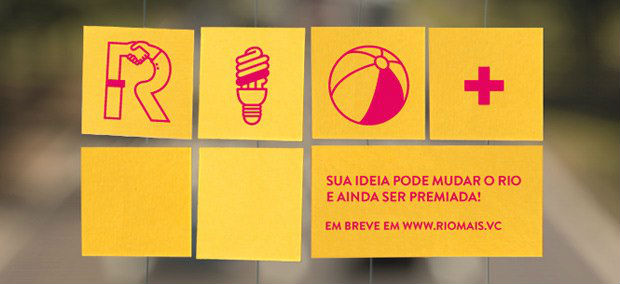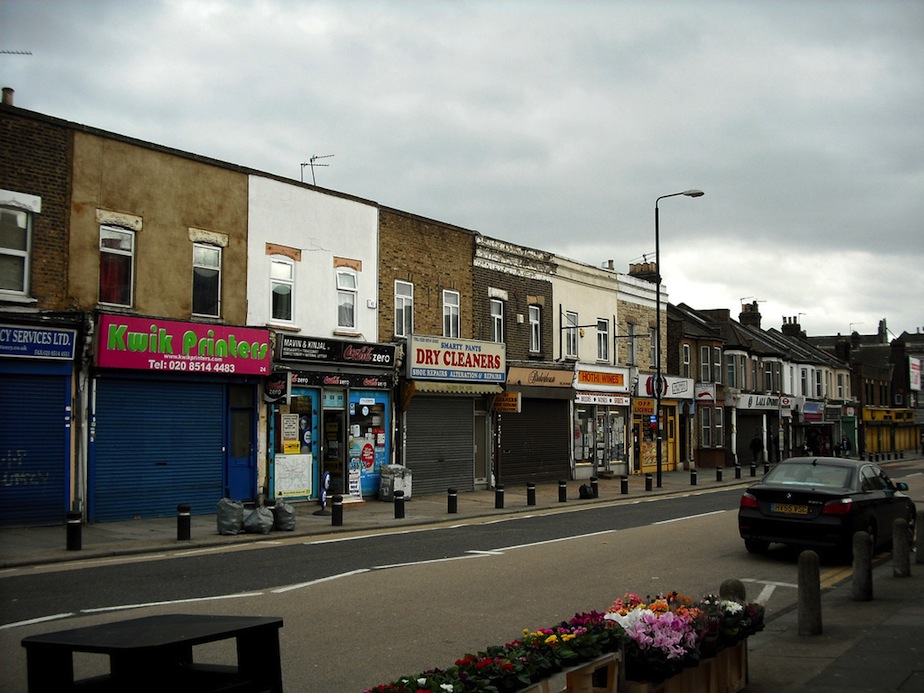The more you read about the blending of planning and technology, the more you start to hear a lot of the same words: digital citizens, civic engagement, government 2.0, hacktivists, and so on. For the most part this is because we’re all reading the same blogs and following the same few trail-blazing companies. This idea of digital engagement is relatively new and so are its impacts, its strengths, and its weaknesses. And while there’s been a first wave of innovation, a wave of 1.0 companies taking a lead on the full spectrum of available technologies, really only a few familiar names stick out.
Unfortunately for some (but fortunately for others), our familiarity with the field will not last. Recently, the offerings and market share of mobile technology have seen incredible growth. In July 2008, Apple’s App Store housed less than 1,000 apps. And now, just 5 years later? Some of the latest estimates put us well over 760,000 apps available for download. A market forecast by Cisco Systems, the multinational tech company, predicts that by 2017 monthly mobile data traffic will reach some 13x that of today’s traffic. The world is bigger than the web. Mobile matters, more and more everyday.
Housed in an incubator space at Florida State University, The Town is an example of a 2.0 civic tech startup that aims to capitalize on growth in mobile use and deliver mobile platforms for governments, local businesses, and citizens to mix and mingle on the go. For Dominick Ard’is, a recent graduate of FSU’s Masters in Planning program and Founder of The Town, doubling down on mobile and real time interaction just makes sense. “Citizens usually have their best civic thinking when they are moving throughout the city,” he says. “People are changing and there are new expectations.”
Given this rapid change, urban planners must focus less on the present state of things—because in the tech world mastering the present alone means you’re already behind. We must develop a framework for considering community needs that do not change within the context of technology that rapidly does. We must move towards a decision-making framework that’s useful for cities considering the viability of investing resources into future civic tech products and services.
Early attempts at mobile engagement have been well-intentioned and forward thinking, but Ard’is sees room for a second wave of innovation. “Great strides have been made,” he says, “but we still have work to do. What’s missing is an acute understanding of what users want and how to engage them. It’s not just good content, but an experience.” Any valuable framework for evaluating mobile engagement technologies should find ways to operationalize the breadth of a truly effective user experience. Here’s a first draft shot at doing just that:
Fluidity
Can the app continuously change, or is it a one-time product with static content? A back end content management systems needs to available, needs to be manned either in house or by contract, and most importantly needs to be updated. Cities lose their captive audience if their apps languish because mobile users want an environment that’s dynamic and fresh. Consider Facebook’s newsfeed, which is constantly re-engaged by users because it’s continuously cycling something new.
Responsiveness
The conversation can’t be one-way. Mobile users need a response; they expect feedback and both virtual and real world conversation that acknowledges their contribution. Cities need to always question what drives the engagement processes of their mobile outreach platform. Are there rewards, gamification methods, and incentives both intangible and tangible to sustain user interaction? Responsiveness is about the purpose and core offerings of the app itself as well. In response to ongoing citizen feedback and patterns of interaction (2.0 platforms should always be monitoring these metrics), can the app evolve? The system should be built and maintained in such a way that new modules and uses can be programmed as user expectations change.
Comprehensiveness
Much of the 1.0 app crowd serves only a single function, project, or purpose. Cities interested in getting ahead of the curve need to consider the question: just how many single function apps is a user expected to download? Why can’t we have a single seamless environment in which a full range of functions is available—a range of functions that represents the holistic experience of living in a city. Mobile offers the ability to have continuous engagement, not just periodic outreach project to project. Then we can build a day-to-day connection that inspires a culture of active and broad based civic engagement.
Design
The most amorphous of this framework’s concepts, design might also be the most important. 2.0 mobile technologies will need to deliver a unique, intuitive, and ultimately attractive interface if they are to differentiate themselves and capture the imaginations and civic musings of mobile users. Because a mobile engagement app becomes a branded extension of the city it serves, design directly reflects that city and its appreciation for the creative. Civic apps compete for attention in the mobile environment—and not just against other civic apps. If you consider that civic apps compete against a variety of time-consuming, addicting, and highly visual platforms (I’m looking at you Angry Birds) then design’s importance is quickly made clear.
For companies like The Town and for the planning field at large change is now the status quo. The opportunity lies in our ability to anticipate and adapt. When it comes to the impact of 1.0 mobile engagement, Mr. Ard’is believes “it’s easy to say that for government [it has gone] well, but that statement is entrenched in the low expectations we have for our civic leaders.” Armed with a framework for considering what it is that citizens and end users truly need from a mobile experience, it’s time we expect a little more from civic tech and mobile engagement 2.0.


